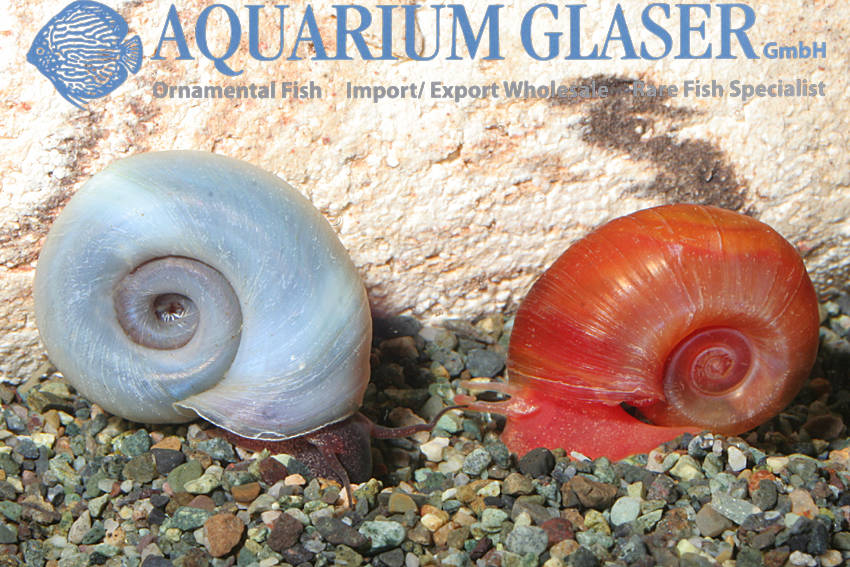

For the first time we have a golden sport (the scientific word for that phenomenon is xanthoristic) of the Stone moroko (Pseudorasbora parva) in stock. Like all our garden pond fish the specimens are bred ones.
The Stone moroko originates from Asia, where it occurs naturally in the northeastern parts (former USSR, China, Japan, etc.). In the 1970ies it was introduced to Central Europe along with fish imported for stocking waters for fishing purposes. Since that time it spreads all over the continent in a high speed. The Stone moroko is a vigorous species and absolutely undemanding. This is the explanation for its great success. It often becomes the only species of fish after some time in a biotope.
Stone morokos are able to tolerate a broad range of temperatures and are absolutely undemanding in respect of water chemistry. Thus they fit perfectly for very small garden ponds, rain barrels etc., in which no other species of fish would be able to survive. Here they feed on the moskito larvae and that makes them quite useful. However, during winter the fish have to be kept in a cool tank in the cellar, for even those hard guys are not able to survive deep-freezing.
The maximum length of Stone morokos is around 7 cm. They take broodcare. The eggs are attached on hard substratum and are guarded by the male until they hatch.
For our customers: the fish have code 802512 on our stocklist. Please note that we exclusively supply the wholesale trade.
Lexicon: Pseudorasbora: ancient Greek, means “false Rasbora”. Rasbora is another genus of fish. parva: Latin, means “small”.
Text & photos: Frank Schäfer
| Angaben zum Tier | |
|---|---|
| Herkunft | Nachzucht / bred |
| Verfügbare Größe in cm | 6-8 |








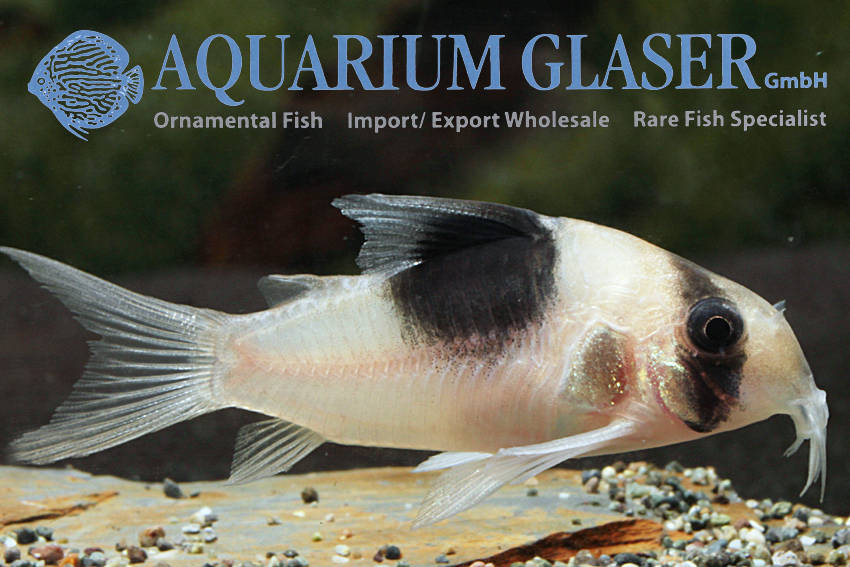
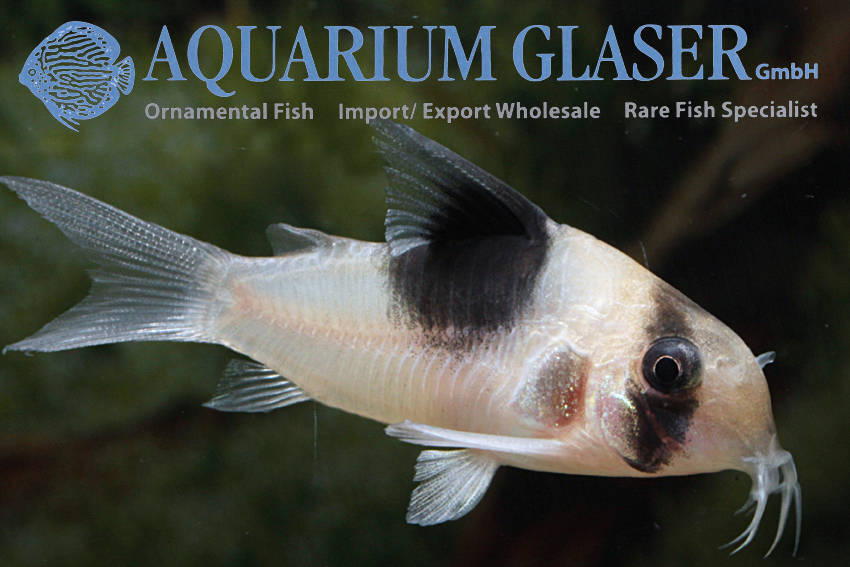





















 Now we can offer the smallest known species of whiptail catfish: Hemiloricaria beni. It hardly becomes longer than 8 cm. As this species occurs only in Bolivia and no commercal exportations from Bolivia appear, we offer only bred ones. Initially Swiss aquarists collected this species on a private collecting trip in 1997. Since then a stable aquarium population of this cute species has been established.
Now we can offer the smallest known species of whiptail catfish: Hemiloricaria beni. It hardly becomes longer than 8 cm. As this species occurs only in Bolivia and no commercal exportations from Bolivia appear, we offer only bred ones. Initially Swiss aquarists collected this species on a private collecting trip in 1997. Since then a stable aquarium population of this cute species has been established.






 We received for the first time now this cute goby from Taiwan. Especially when it is in the right mood it looks extremely pretty due to its contrasting black-and-white coloration. One of the generic characteristics of Schismatogobius is the fact that they have an individual coloration: there are not even two specimens with the exact same coloration. But their ability of changing the coloration is also very spectacular. It is sometimes hard to believe that all fish belong to the very same species.
We received for the first time now this cute goby from Taiwan. Especially when it is in the right mood it looks extremely pretty due to its contrasting black-and-white coloration. One of the generic characteristics of Schismatogobius is the fact that they have an individual coloration: there are not even two specimens with the exact same coloration. But their ability of changing the coloration is also very spectacular. It is sometimes hard to believe that all fish belong to the very same species.


 Parauchenoglanis punctatus: Among the imports from central Africa this beautiful catfish is a real rarity. It is known so far only from the central Congo basin. From that region only few fish are imported regulary.
Parauchenoglanis punctatus: Among the imports from central Africa this beautiful catfish is a real rarity. It is known so far only from the central Congo basin. From that region only few fish are imported regulary.








 This pretty cory comes from the Brazilian state of Rondonia. It is not possible to distinguish the fish from Corydoras griseus externally. However, Corydoras griseus comes from Guyana and between the collecting sites of both species are serveral thoundands of kilometers. So it was decided to wait until a scientist has researched the identity of both fish and to give the fish from Rondonia the provisional name C40. So it is possible to avoid unwanted crossings in the aquarium.
This pretty cory comes from the Brazilian state of Rondonia. It is not possible to distinguish the fish from Corydoras griseus externally. However, Corydoras griseus comes from Guyana and between the collecting sites of both species are serveral thoundands of kilometers. So it was decided to wait until a scientist has researched the identity of both fish and to give the fish from Rondonia the provisional name C40. So it is possible to avoid unwanted crossings in the aquarium.










 There are always new cultivated varieties of freshwater dwarf shrimp appearing in the market. It is already difficult to determine the exact scientific identity of wild shrimps, it is almost impossible in cultivated ones.
There are always new cultivated varieties of freshwater dwarf shrimp appearing in the market. It is already difficult to determine the exact scientific identity of wild shrimps, it is almost impossible in cultivated ones.







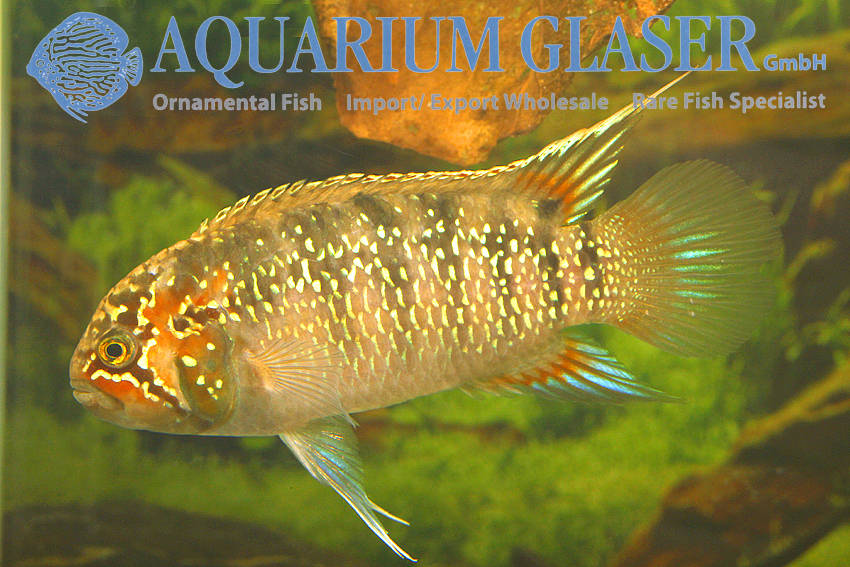
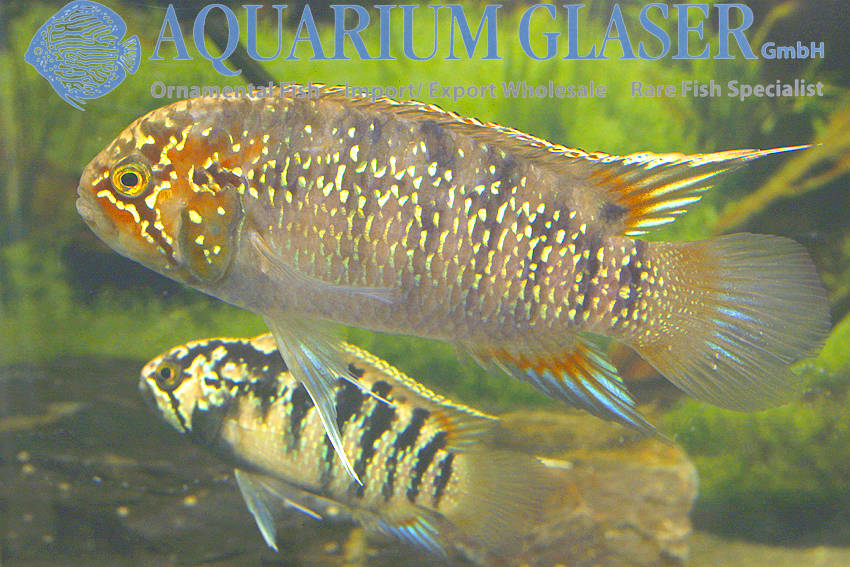
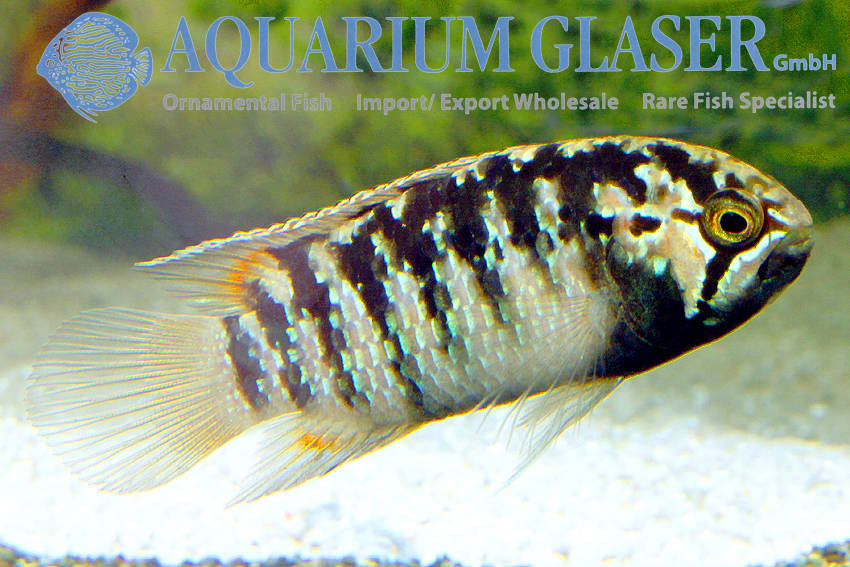





 The pencilfishes (Nannostomus) belong to the most beautiful tetras. Besides their nice coloration their swimming stile makes them so attractive. It reminds one always of a miniature airship.
The pencilfishes (Nannostomus) belong to the most beautiful tetras. Besides their nice coloration their swimming stile makes them so attractive. It reminds one always of a miniature airship.




 The latest fancy guppy developed in southeast Asia reached us currently. The fish is a cross of Endler´s livebearer and the King Cobra guppy. The beautiful animals have the graceful figure and the great shoulder spot of Endler´s livebearer and the filigran pattern of the King Cobra.
The latest fancy guppy developed in southeast Asia reached us currently. The fish is a cross of Endler´s livebearer and the King Cobra guppy. The beautiful animals have the graceful figure and the great shoulder spot of Endler´s livebearer and the filigran pattern of the King Cobra.














































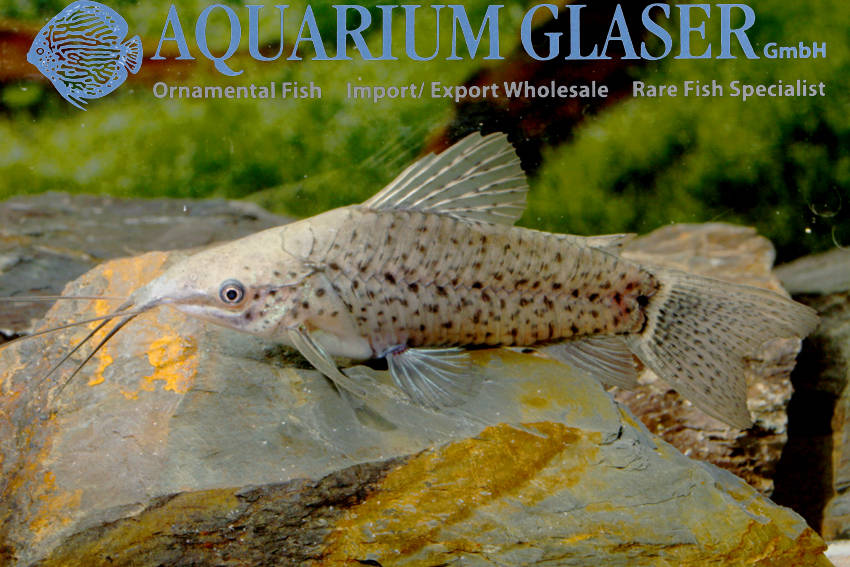


















 After the spectacular importation of the new gourami from Manipur (http://www.aquarium-glaser.de/en/colisa-cf-fasciata-_en_1115.html) now we were able to import a beautiful new Panchax from this state in northern India. Currently only one species is accepted formally within this species-group, eg Aplocheilus panchax. This species is distributed from China over great parts of India, Burma, and Indochina (Thailand, Vietnam, Cambodia, Laos), as well as over Indonesia. Of course fish from different origin look very different and so it is more than likely that there do exist a lot of species and not only one. The new Panchax from Manipur also represents such a different form. It is distinguished from typical A. panchax by many red spots on the body, bright orange fins, and a dark band that is shown when the fish feel disturbed.
After the spectacular importation of the new gourami from Manipur (http://www.aquarium-glaser.de/en/colisa-cf-fasciata-_en_1115.html) now we were able to import a beautiful new Panchax from this state in northern India. Currently only one species is accepted formally within this species-group, eg Aplocheilus panchax. This species is distributed from China over great parts of India, Burma, and Indochina (Thailand, Vietnam, Cambodia, Laos), as well as over Indonesia. Of course fish from different origin look very different and so it is more than likely that there do exist a lot of species and not only one. The new Panchax from Manipur also represents such a different form. It is distinguished from typical A. panchax by many red spots on the body, bright orange fins, and a dark band that is shown when the fish feel disturbed.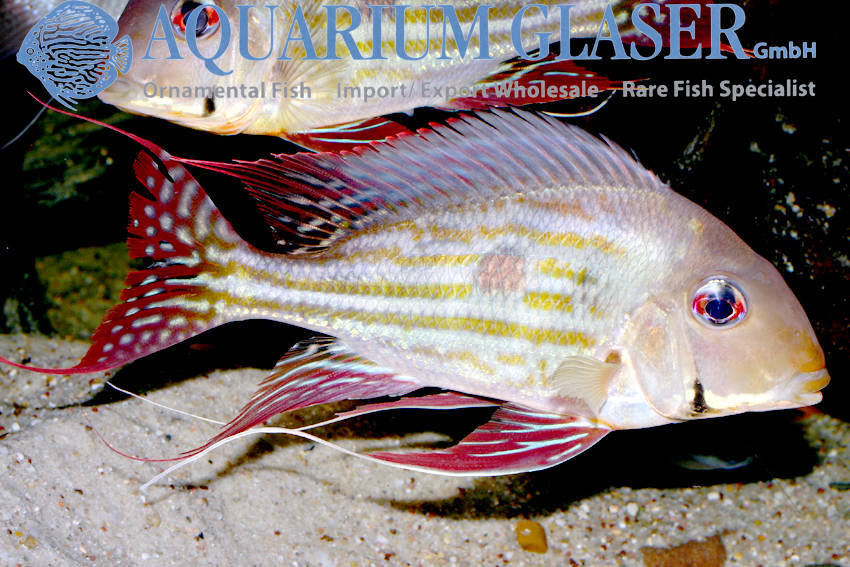

































 The northern states of India are hardly researched in respect of the fishes. From the state of Manipur we currently received exceptionally colorful gouramis of the genus Colisa, which represent a species new to science. They are without doubt close relatives of the species Colisa fasciata, C. bejeus, and C. labiosa, but differ from all of them by the enlarged soft-rayed parts of the dorsal and the anal fin. Especially in males these fins are almost as big as in paradise fish (Macropodus).
The northern states of India are hardly researched in respect of the fishes. From the state of Manipur we currently received exceptionally colorful gouramis of the genus Colisa, which represent a species new to science. They are without doubt close relatives of the species Colisa fasciata, C. bejeus, and C. labiosa, but differ from all of them by the enlarged soft-rayed parts of the dorsal and the anal fin. Especially in males these fins are almost as big as in paradise fish (Macropodus).

















































